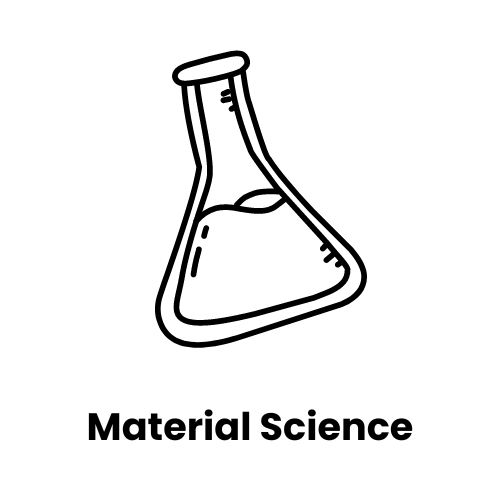Q.1: What is a chemical structure search in the context of intellectual property?
A "chemical structure search" in the context of intellectual property is the process of looking for patents or other documentation pertaining to certain chemical compounds or structures. This search is frequently carried out to find out whether a specific chemical compound is already covered by a patent or whether there are any related patents that could affect the molecule's capacity to be patented or commercialized.
When conducting a chemical structure search, users often utilize specialized databases or software tools to enter the structure of a substance and obtain pertinent patents or publications that make reference to that structure. Researchers and businesses can use these searches to find possible rivals or prior art, as well as to evaluate the uniqueness and patentability of their discoveries.
Q.2: What databases are commonly used for conducting chemical structure searches?
A list of commonly used databases for conducting chemical structure searches:
- SciFinder
- PubChem
- ChemSpider
- Reaxys
- Patent databases (e.g., USPTO, EPO, WIPO)
Q.3: What is the role of chemical structure search reports in pharmaceutical patent litigation?
In pharmaceutical patent litigation, chemical structure search reports are essential tools for proving or disproving the infringement and validity of patents covering medicinal substances. Chemical structure search reports are essential in pharmaceutical patent litigation for assessing validity and infringement. They help identify prior art to challenge patent validity and compare accused products with patented compounds. These reports aid in claim construction and provide evidence for expert testimony.
Q.4: What are the limitations of chemical structure searches in patent?
Chemical structure searches in patents have limitations:
- Incomplete databases may lead to missed relevant information.
- Complex chemical structures can make analysis challenging.
- Non-textual data is not easily searchable.
- Searches may lack broader scientific context.
- They may not capture recent scientific advancements.
- Risk of false positives or negatives exists.
.jpg)
















.png)

.png)






